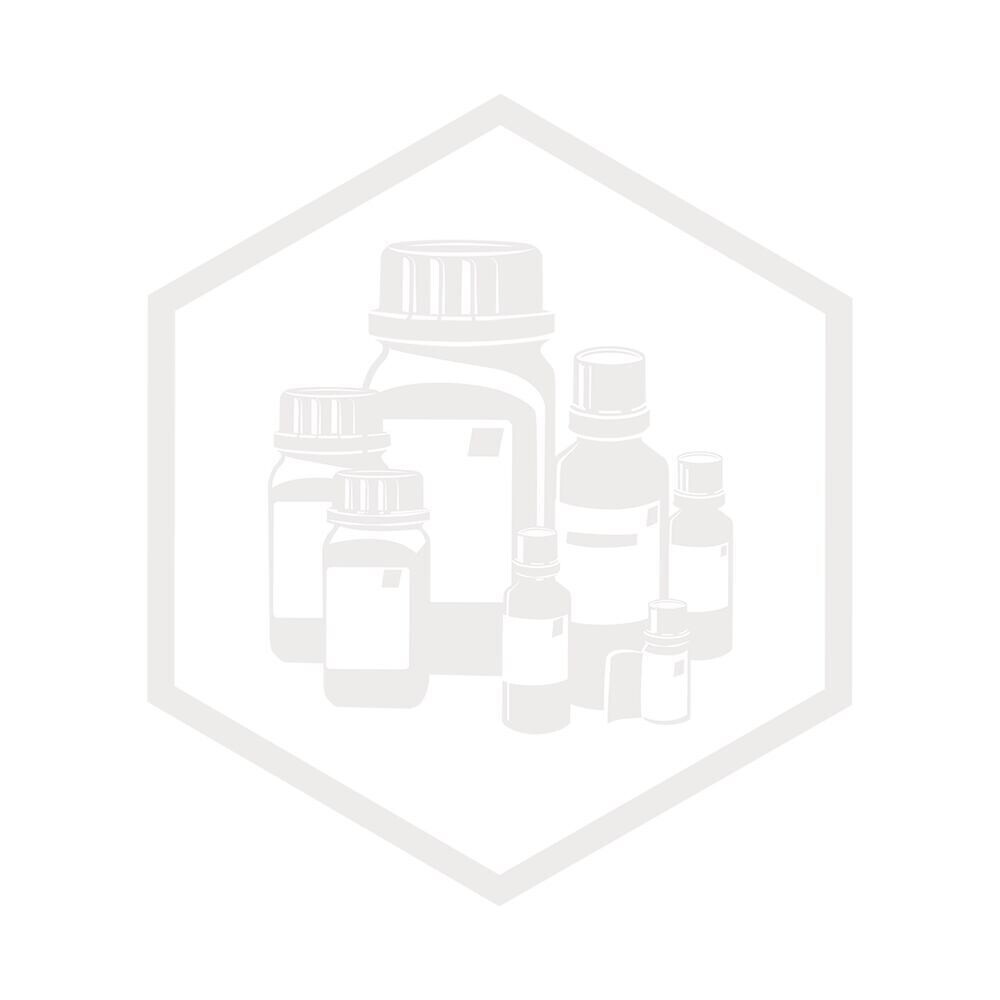Lanthanum oxalate hydrate 99.999% 100 g
SKU 903634-1
€ 87,61
In stock
1
Save this product for later
Lanthanum oxalate hydrate 99.999% 100 g
Product Details
CAS number: 537-03-1
Chemical formulas: La2(C2O4)3 . xH2O/ F.W. 541.88
Cation: La
Packaging: 100 g
EAN: 8721028231987
Brand: Laboratoriumdiscounter
Lanthanum oxalate hydrate is a rare earth compound that is widely used in various industries. With its unique properties, it serves as a catalyst, a phosphor in lighting applications, and a component in ceramics and glass manufacturing. This versatile compound offers exceptional performance and reliability, making it an essential ingredient in many advanced technologies. Discover the endless possibilities of Lanthanum oxalate hydrate and unlock the potential for innovation in your industry.
When working with Lanthanum oxalate hydrate, it is important to follow proper safety precautions to minimize the risk of accidents or exposure. Here are some short safety instructions to consider: 1. Personal Protective Equipment (PPE): Always wear appropriate PPE, including gloves, safety goggles, and a lab coat or protective clothing, to protect your skin, eyes, and clothing from potential contact with the chemical. 2. Ventilation: Work in a well-ventilated area or use a fume hood to prevent the inhalation of any fumes or dust particles that may be released during handling or manipulation of Lanthanum oxalate hydrate. 3. Handling and Storage: Handle the chemical with care, avoiding any spills or splashes. Store it in a tightly sealed container in a cool, dry place away from incompatible substances. 4. Avoid Ingestion and Inhalation: Never eat, drink, or smoke while working with Lanthanum oxalate hydrate. Avoid inhaling the dust or mist and ensure good personal hygiene practices, such as washing hands thoroughly after handling the chemical. 5. Fire and Explosion Hazards: Lanthanum oxalate hydrate is not considered highly flammable, but it may emit toxic fumes when exposed to high temperatures. Keep it away from open flames, sparks, or any potential ignition sources. 6. Chemical Spills: In case of a spill, contain and clean it up immediately using appropriate absorbent materials. Dispose of the waste according to local regulations and guidelines. 7. First Aid: In case of accidental exposure or ingestion, seek medical attention immediately. Rinse affected areas with plenty of water and remove contaminated clothing. 8. Emergency Procedures: Familiarize yourself with the emergency procedures and safety equipment available in your work area, such as eyewash stations, safety showers, and fire extinguishers. Remember, these instructions are not exhaustive, and it is essential to consult the Material Safety Data Sheet (MSDS) or Safety Data Sheet (SDS) provided by the manufacturer for detailed safety information specific to Lanthanum oxalate hydrate.
Please note, not all safety data for this product is available on our website, for a complete list of P en H sentences and other safety instructions please request the MSDS at our customer service
You May Also Like

4-BROMO-6-METHYL-2-METHOXYPHENOL, 95.0%, 250mg
4-BROMO-6-METHYL-2-METHOXYPHENOL, 95.0%, 250mg
SKU F468248-250MG
€ 124,30
Display prices in:EUR



![[1,1'-Biphenyl]-2,2'-diyldiboronic acid, 95.0%, 250mg [1,1'-Biphenyl]-2,2'-diyldiboronic acid, 95.0%, 250mg](https://d2j6dbq0eux0bg.cloudfront.net/images/88473019/4856266544.png)
![5-Fluoro-1H-pyrrolo[2,3-b]pyridin-2(3H)-one, 95.0%, 25g 5-Fluoro-1H-pyrrolo[2,3-b]pyridin-2(3H)-one, 95.0%, 25g](https://d2j6dbq0eux0bg.cloudfront.net/images/88473019/4863739955.png)
![3-[(3S)-Piperidin-3-yl]-1,3-oxazinan-2-one hydrochloride, 1g 3-[(3S)-Piperidin-3-yl]-1,3-oxazinan-2-one hydrochloride, 1g](https://d2j6dbq0eux0bg.cloudfront.net/images/88473019/4861360008.png)






